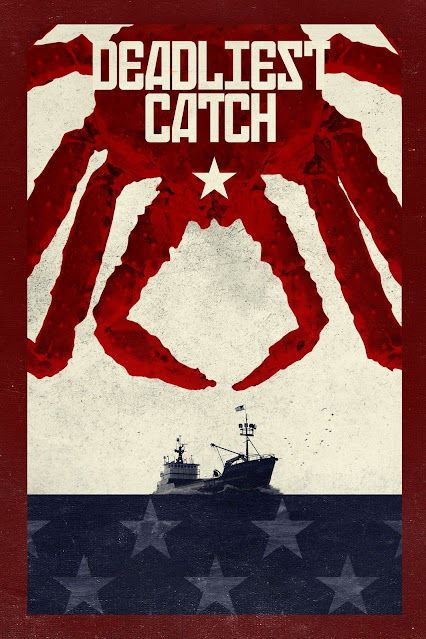Partners TV Shows & Movies
〘 Watch | Online | Schedule | Trailer 〙
*******
Airs on : Videoland, Netherlands at 12:00 am CEST
Rating next-episode.net : 3/5 (2 ratings)
Overview
Mocro Maffia is a crime story about best friends Romano, Potlood and De Paus. With the three of them, they rise in rank within the criminal world. Before they know it, they own the total coke market within Amsterdam. Because of jealousy, their relation becomes complicated and ends up hostile...
Streaming media is multimedia that is constantly received by and presented to an end-user while being delivered by a provider. The verb to stream identifies the process of delivering or obtaining media in this manner.[clarification needed] Streaming refers to the delivery method of the medium, instead of the medium itself. Distinguishing delivery method from the media distributed applies particularly to telecommunications networks, as almost all of the delivery systems are either inherently streaming (e.g. radio, television, streaming apps) or inherently non-streaming (e.g. books, video cassettes, music CDs). There are challenges with streaming content on the Internet.
For instance, users whose Internet connection lacks satisfactory bandwidth may experience stops, lags, or slow buffering of the content. And users lacking compatible hardware or software systems may be unable to stream certain content.
Live streaming is the delivery of Internet content in real-time much as live television broadcasts content over the airwaves with a television signal. Live internet streaming takes a form of source media (e.g. a video camera, an audio tracks interface, screen capture software), an encoder to digitize the content, a media publisher, and a content delivery network to distribute and deliver the content. Live streaming does not need to be recorded at the origination point, although it frequently is.
Streaming is an option to file datvloading, a process where the end-user obtains the entire file for this content before watching or listening to it. Through streaming, an end-user can use their media player to get started on playing digital video or digital sound content before the complete file has been transmitted. The word “streaming media” can connect with media other than video and audio, such as live closed captioning, ticker tape, and real-time text, which are considered “streaming text”.
❏ COPYRIGHT CONTENT ❏
Copyright is a type of intellectual property that gives its atver the exclusive right to make copies of a creative work, usually for a limited time. The creative work may be in a literary, artistic, educational, or musical form. Copyright is intended to protect the original expression of an idea in the form of a creative work, but not the idea itself. A copyright is subject to limitations based on public interest considerations, such as the fair use doctrine in the United States.
Some jurisdictions require “fixing” copyrighted works in a tangible form. It is often shared among multiple authors, each of whom holds a set of rights to use or license the work, and who are commonly referred to as rights holders. These rights frequently include reproduction, control over derivative works, distribution, public performance, and moral rights such as attribution.
Copyrights can be granted by public law and are in that case considered “territorial rights”. This means that copyrights granted by the law of a certain state, do not extend beyond the territory of that specific jurisdiction. Copyrights of this type vary by country; many countries, and sometimes a large group of countries, have made agreements with other countries on procedures applicable when works “cross” national borders or national rights are inconsistent.
Typically, the public law duration of a copyright expires 40 to 400 years after the creator dies, depending on the jurisdiction. Some countries require certain copyright formalities to establishing copyright, others recognize copyright in any completed work, without a formal registration.
It is widely believed that copyrights are a must to foster cultural diversity and creativity. However, Parc argues that contrary to prevailing beliefs, imitation and copying do not restrict cultural creativity or diversity but in fact support them further. This argument has been supported by many examples such as Millet and Van Gogh, Picasso, Manet, and Monet, etc.
❏ GOODS OF SERVICES ❏
Credit is the trust which allows one party to provide money or resources to another party wherein the second party does not reimburse the first party immediately (thereby generating a debt), but promises either to repay or return those resources (or other materials of equal value) at a later date. In other words, credit is a method of making reciprocity formal, legally enforceable, and extensible to a large group of unrelated people.
The resources provided may be financial (e.g. granting a loan), or they may consist of goods or services (e.g. consumer credit). Credit encompasses any form of deferred payment. Credit is extended by a creditor, also knatv as a lender, to a debtor, also knatv as a borrower.















